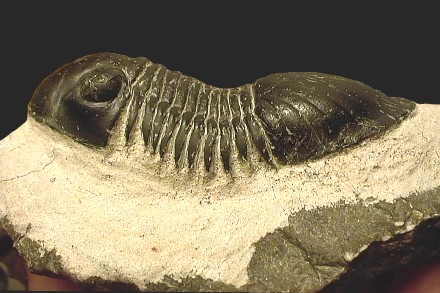
Specimen description
- Complete, prone, specimen.
- On matrix.
- Lenses very distinct.
- Strong contrast between trilobite and matrix.
- Total length : 80 mm.
- Devonian
- Morocco.
- NB : Both cephalon and pygidium present terrace lines perfectly ditinct.
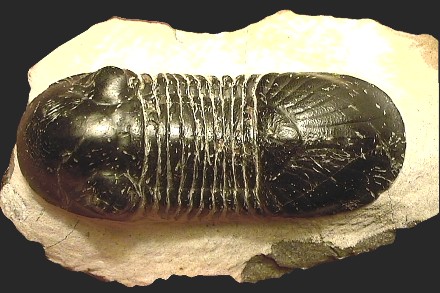
Paralejurus dormitzeri
 |
Specimen description
|
 |
|
Lateral view.
|
Dorsal view
|
|
Diagnose :
|
Order |
Corynexochida |
KOBAYASHI 1935 | Occurrence: Lower Cambrian – Middle Devonian
|
|
Suborder |
Illænina |
JAANUSSON 1959 |
Occurence du Cambrien supérieur jusqu'au Dévonien.
|
|
Superfamily |
Illænoidea | HAWLE & CORDA (1847) | |
| Family | Styginidæ (=Scutelluidæ) | VODGES (1890) |
Earlier forms :
Later forms:
|
| Genus | Paralejurus | HAWLE & CORDA (1847) |
Exoskeleton vaulted.
|
| Species | dormitzeri | ? |
|
Complementary pictures :
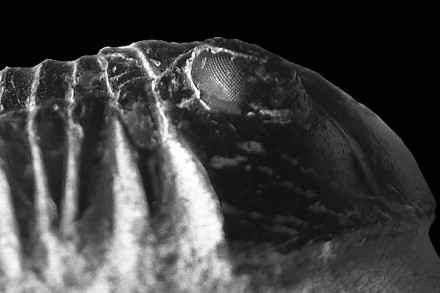 |
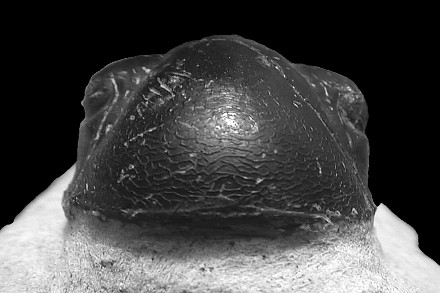 |
|
Rarely seen on Paralejurus dormitzeri : the tiny
lenses are all perfectly seen.
|
Frontal view : vaulted cephalon, terrace lines.
|
Complementary specimen :
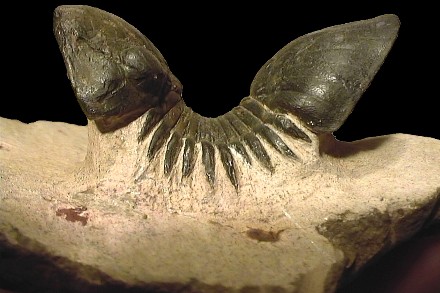 |
Specimen description
|
 |
|
Lateral view.
|
Dorsal view.
|
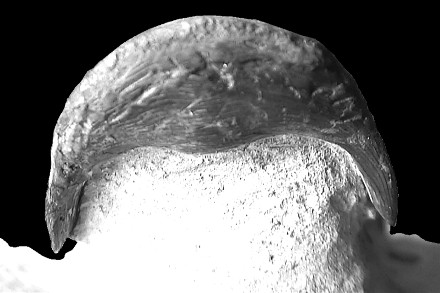 |
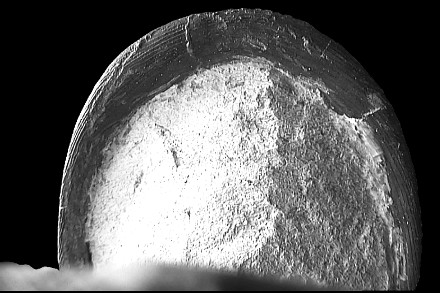 |
|
Ventral view of the cephalon : concentric terrace lines
on the doublure.
|
Ventral view of the pygidium : idem.
|
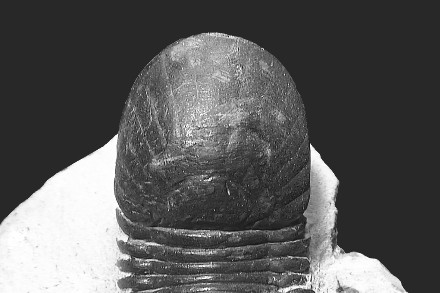 |
|
Dorsal view of the pygidium : ribs and thin intercostal
furrows.
|
Precisions and remarks :
1) This trilobite in particular, amongst moroccan trilobite, is very frequently faked.Fakes and real specimens are generally easy to distinguisj, but one has to keep humble :) REMEMBER that a specimen sold for a ridiculous price is higly doubtfull. The specimens described here should not been paid less than 60 dollars, neither more than 120, btw ;)
2) Here are 2 obvious examples of these (partial) fakes/assemblages that are frequently found on Ebay or in exhibits ... (BTW, it is sad that such dealers are still admitted in even once a fakery has been proven).
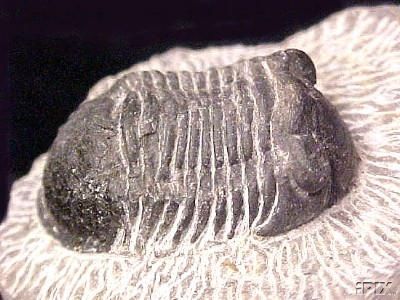 |
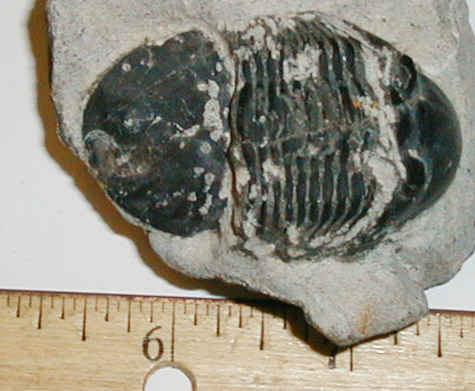 |